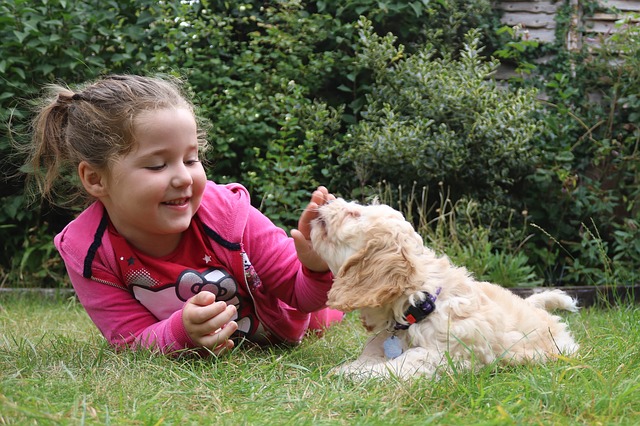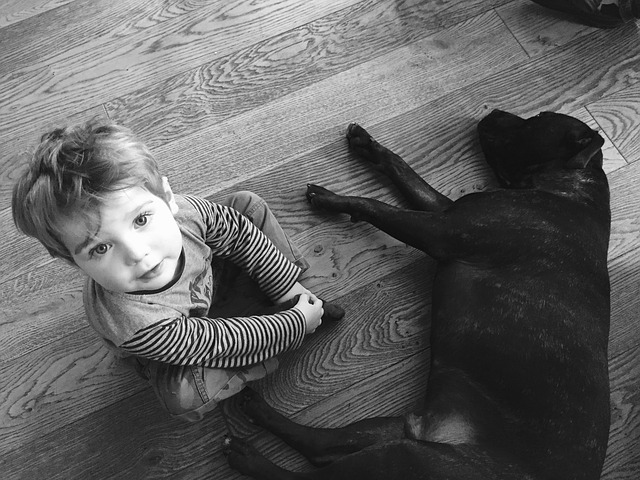What happens if the little ones swallow hair from the cat’s or dog’s coat?

Do you have to give up your pet when a baby appears?
We have a dog, and we have a baby – they entered the family in this order. And we have heard many times that we are crazy to let them grow together as the little one will suffer because of that. But how good it is we don’t have a cat! Why? Because a cat’s hair can get into the lungs, the liver, the brain, or it can get stuck in the stomach? Yes, I’ve heard these ideas so many times I even began to believe them. It’s just that things are not like that.
What happens if one swallows hair?
This is, I think, the greatest fear of future parents and pet owners today. What if the little one swallows hair? And he or she will certainly do it, especially when starting to crawl around the house. The answer is: nothing.

Animal hair is almost identical to the human hair, having the same chemical composition and made from a protein called keratin. It can’t be digested by a human, so if swallowed, the hair is removed from the body in the stool. And it would take tons of hair swallowed to block the digestive tract.
The myth of hair caught in the liver
No, hair can’t go anywhere but in the stomach. In the popular culture there are many stories of people who have been on the brink of death because of a strand of hair that has gotten into their lungs, liver or brain.
There is some truth behind these stories, but it’s a parasite living in hair that makes its way to these organs, not actual hair. The disease is called hydatid cyst, and is produced by the larva of Echinococcus granulosus that can live in a dog’s intestine.

The parasite eggs are removed along with the animal’s faeces and they contaminate the environment, depositing on plants, fruits, vegetables, dust on dog fur or on any other surface. Infection can happen either directly by contact with the infected animal or indirectly by swallowing eggs on poorly washed fruits or vegetables.
However, as long as the animal is vaccinated properly, the chances of hydatid cyst are nonexistent.
